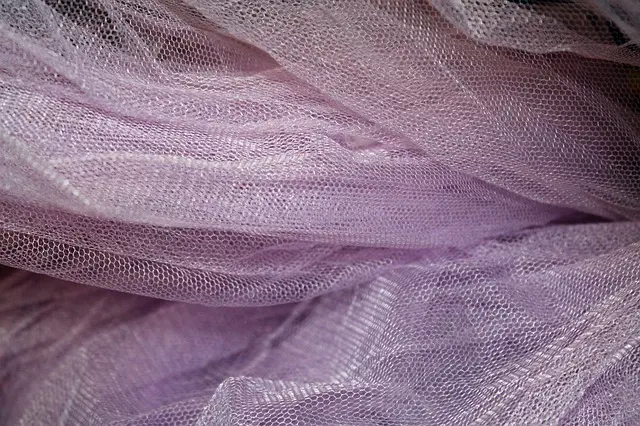Herbstomp is a holistic recovery strategy for muscle soreness after exercise, focusing on targeted stretching, foam rolling, and progressive training. While mild muscle discomfort indicates adaptation, excessive pain may signal overtraining. A Herbstomp routine includes dynamic stretching, static holds, active recovery exercises, and deep tissue massage to enhance blood flow, reduce inflammation, and speed healing, enabling athletes to train harder with less downtime.
Experience persistent muscle soreness? It’s time to personalize your workout routine for optimal recovery. This guide delves into effective strategies, focusing on Herbstomp techniques, to alleviate post-exercise discomfort. Understanding the science behind muscle soreness allows us to design tailored workouts that target specific muscle groups, promoting faster healing and enhanced performance. Discover the key components of a customized plan and say goodbye to sore muscles.
- Understanding Muscle Soreness and Its Causes
- Components of a Customized Workout Plan for Relief
- Herbstomp Techniques to Enhance Recovery and Soreness Alleviation
Understanding Muscle Soreness and Its Causes
Muscle soreness is a common post-workout sensation, often described as delayed onset muscle soreness (DOMS). It typically peaks around 24-48 hours after exercise and is caused by microscopic damage to muscle fibers during intense physical activity. This natural response is a sign that your muscles are adapting and growing stronger. However, excessive or prolonged muscle soreness can be discomforting and hinder recovery.
Herbstomp, a term often used in fitness circles, refers to the specific type of muscle pain that occurs after new or strenuous exercises. It’s essential to understand that while some soreness is normal, chronic or severe discomfort may indicate overtraining or improper exercise techniques. Tailoring workout plans to address and prevent such soreness involves incorporating targeted stretches, progressive intensity training, and recovery strategies like foam rolling and adequate rest.
Components of a Customized Workout Plan for Relief
A customized workout plan tailored for muscle soreness relief should incorporate several key components, offering a holistic approach to recovery. Firstly, it’s essential to include active recovery exercises like light yoga or swimming, which enhance blood flow and promote healing while minimizing stress on sore muscles. These activities help reduce inflammation and ease tension, providing significant relief from post-workout aches.
Additionally, incorporating dynamic stretching before and static stretching after exercise is vital in a Herbstomp routine. Dynamic stretches prepare muscles for activity by increasing range of motion and warming up connective tissues, while static stretches post-workout facilitate muscle relaxation and flexibility, reducing the likelihood of future soreness. A well-rounded plan also considers individual fitness levels and goals, ensuring exercises are neither too intense nor insufficiently challenging.
Herbstomp Techniques to Enhance Recovery and Soreness Alleviation
Herbstomp techniques offer a revolutionary approach to enhancing recovery and alleviating muscle soreness after intense workouts or physical activities. This method involves a combination of targeted stretching, foam rolling, and deep tissue massage, all tailored to release tension from tight muscles and facilitate quicker healing. By combining these techniques, individuals can significantly reduce post-workout discomfort and improve their overall athletic performance.
Herbstomp isn’t just about short-term relief; it’s a long-term strategy for muscle health. Regular integration into pre- and post-workout routines allows for continuous improvement in flexibility and muscle recovery. This, in turn, enables athletes to train harder, maintain consistency, and ultimately reach their fitness goals faster and with less downtime due to soreness.
Customized workout plans, integrated with Herbstomp techniques, offer an effective strategy for alleviating muscle soreness. By understanding the root causes of discomfort and tailoring exercises accordingly, individuals can accelerate recovery and enhance overall well-being. These tailored routines, combined with specialized recovery methods, provide a comprehensive approach to addressing post-workout muscle soreness, ensuring folks stay active and comfortable.





